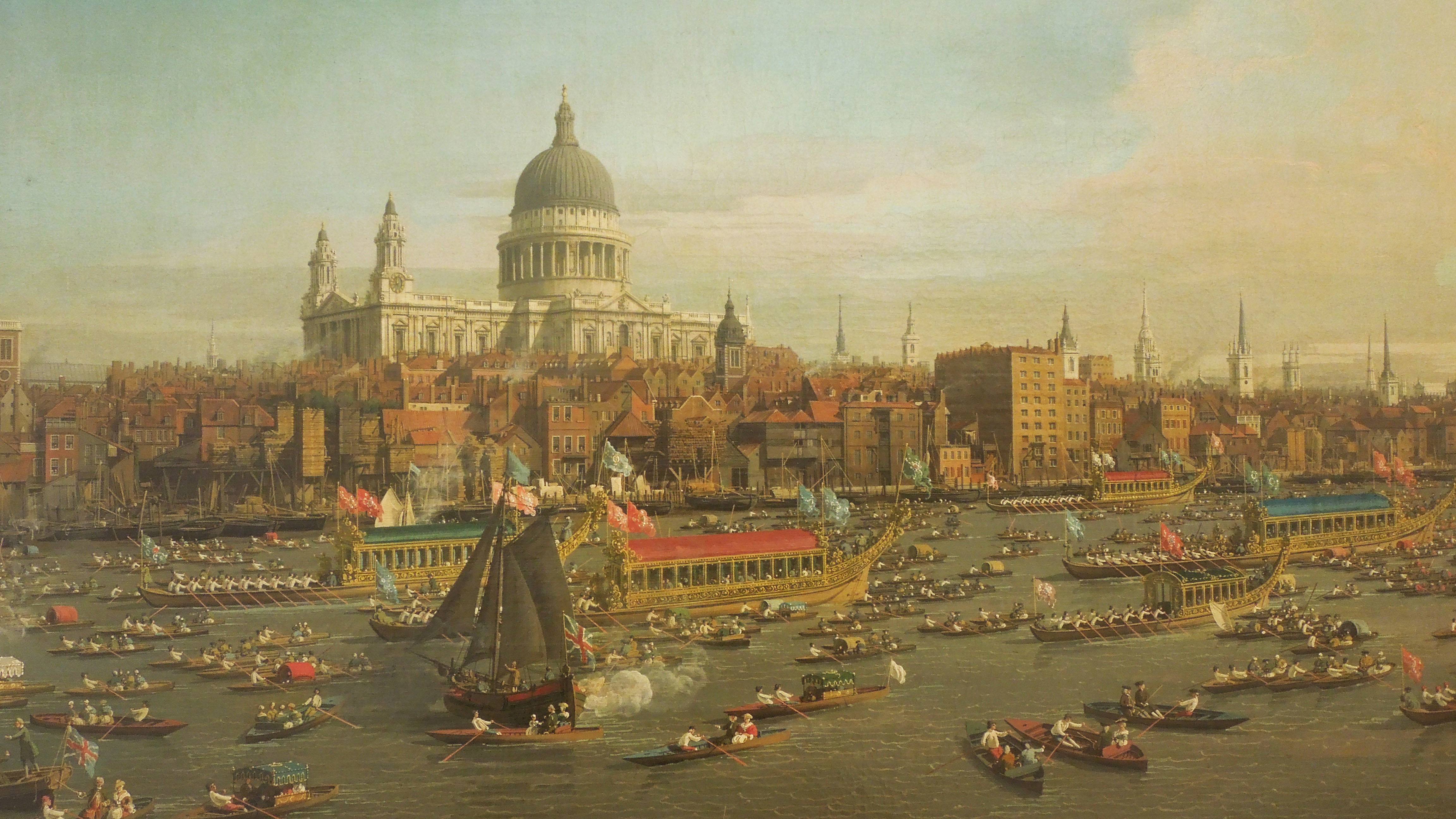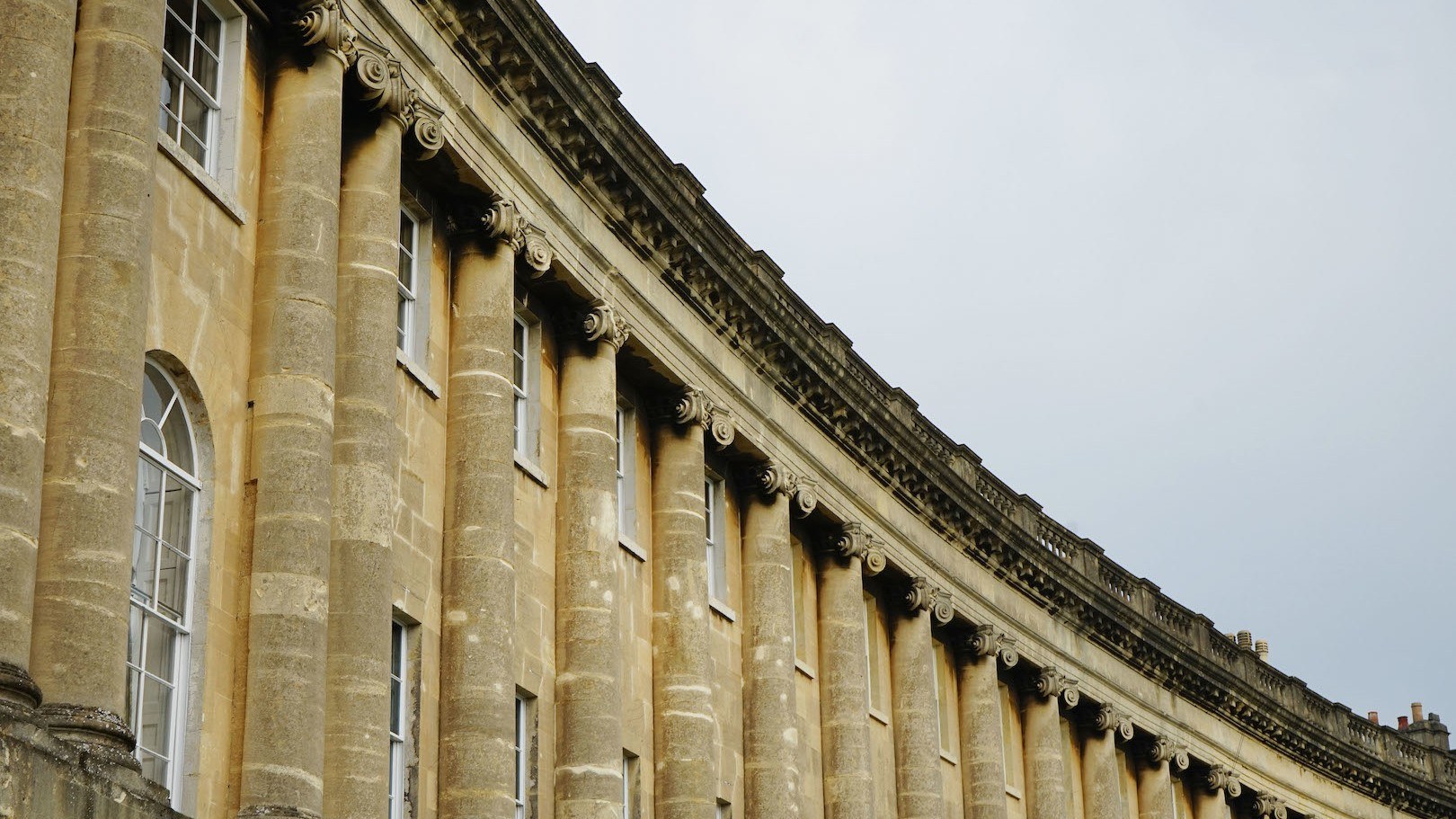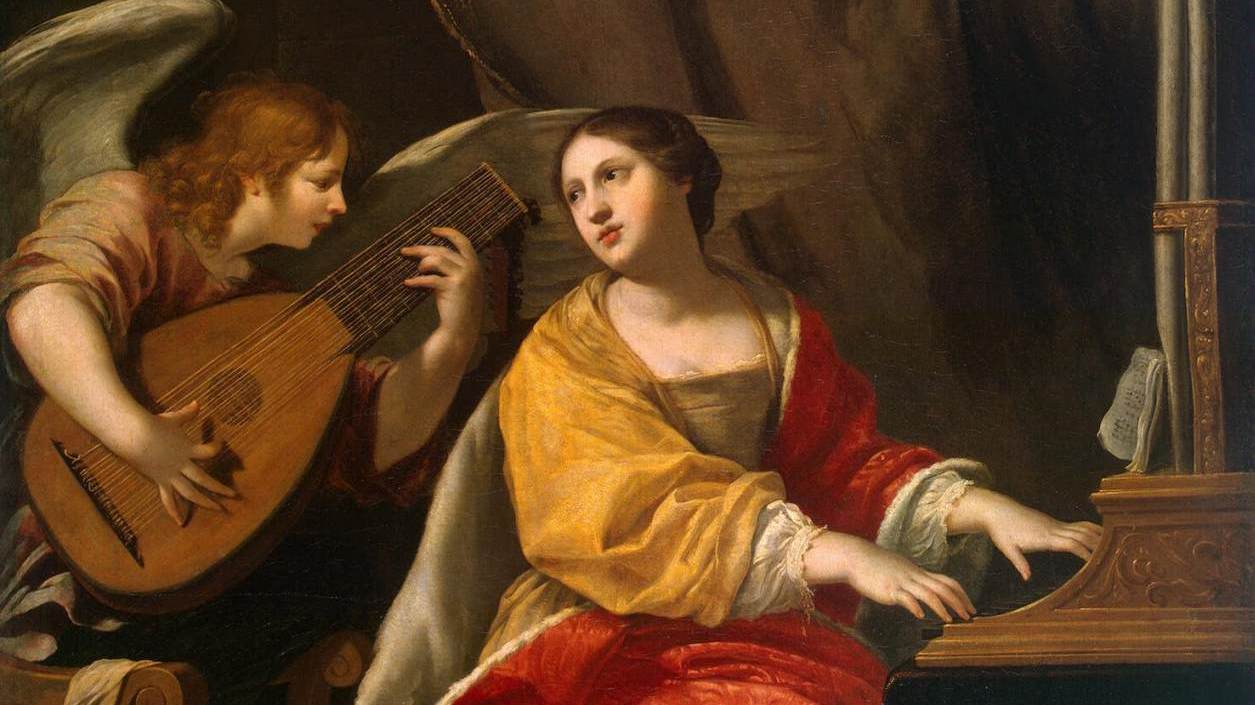Handel’s Concerto Grosso, Op. 6, No. 4 in A Minor: A Rich Potpourri
The twelve Concerto Grossi (Op. 6) composed by Handel in the autumn of 1739 offer a rich potpourri of musical forms. These orchestral suites (“large concertos”) are a collection of stately French overtures, fugues, vibrant Baroque dances, and repurposed opera arias. They pay homage to a genre that was developed by Arcangelo Corelli in the 1680s. Handel wrote the Concerto Grossi, Op. 6 as an added attraction for performances of his oratorios at London’s Lincoln’s …







